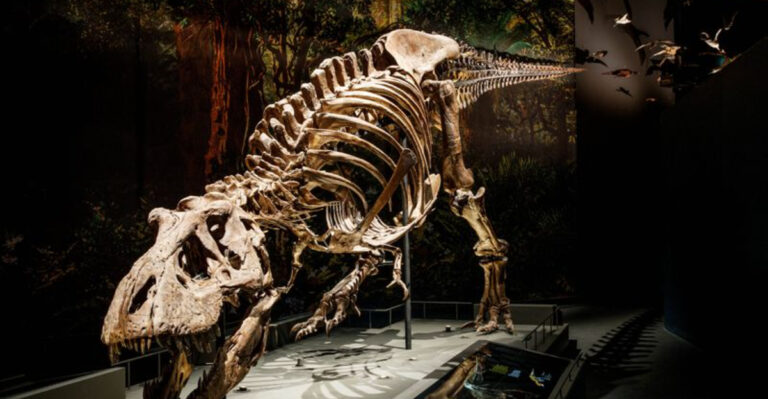15 Ways Dogs Change With Age And How Owners Can Adapt

Just like humans, our four-legged companions undergo significant changes as they age. From slowing down on walks to developing gray muzzles, dogs experience both physical and behavioral shifts that require understanding and adjustment from their owners.
Learning how to recognize these changes and adapt your care routine can make your senior dog’s golden years comfortable and joyful.
1. Slowing Energy Levels
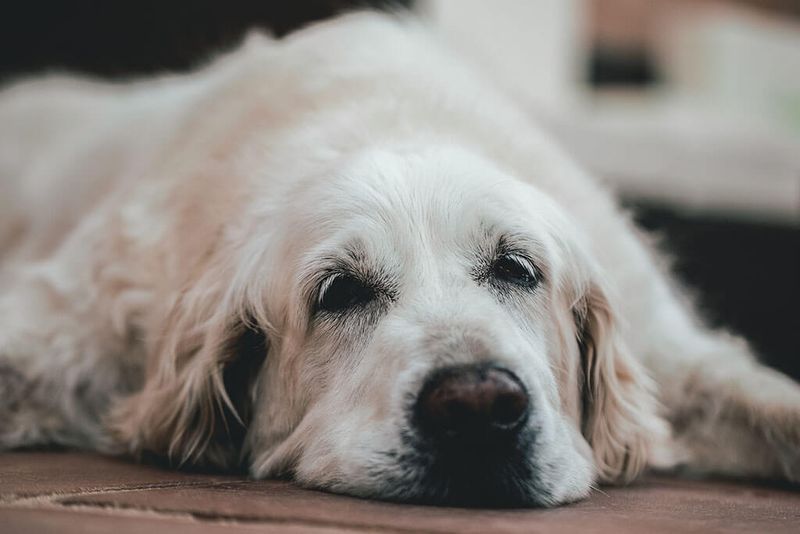
Remember that puppy who zoomed around your house for hours? Those marathon play sessions gradually shorten as your dog ages. Their metabolism naturally slows down, and they simply need more rest.
Adapt by introducing shorter, gentler play sessions spread throughout the day rather than expecting one long adventure. Consider puzzle toys that engage their mind without requiring intense physical exertion.
2. Joint Stiffness And Mobility Issues

Those once-effortless leaps onto the couch might now come with a hesitation or groan. Joint stiffness creeps in as cartilage wears down over time, especially in larger breeds or dogs with previous injuries.
Consider adding ramps or steps to help them access favorite spots. Orthopedic beds provide crucial support, while supplements like glucosamine (vet-approved, of course) can help maintain joint health.
3. Changes In Sleep Patterns

Suddenly finding your senior pup pacing at 3 AM? Older dogs often experience disrupted sleep cycles, similar to elderly humans. They might sleep more hours total but wake up confused during the night.
Create a consistent bedtime routine with a comfortable sleeping area away from drafts. Night lights help prevent disorientation during bathroom breaks, and daytime mental stimulation can promote better nighttime rest.
4. Dental Deterioration
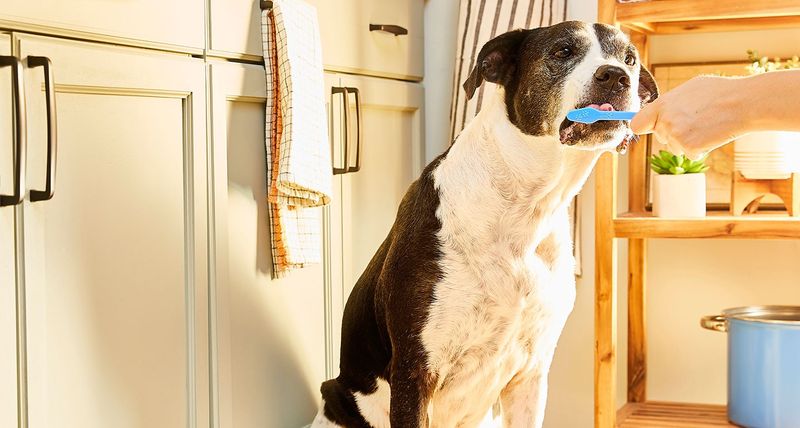
Bad breath isn’t just unpleasant – it signals potential dental issues that become more common with age. Tooth decay, gum disease, and even tooth loss can affect your senior dog’s ability to eat comfortably.
Switch to softer food varieties if chewing becomes difficult. Maintain gentle brushing routines with senior-specific toothpaste, and schedule regular dental check-ups to catch problems early.
5. Vision And Hearing Loss

Bumping into furniture? Not responding to your calls? Age-related sensory decline happens gradually in many dogs. Cataracts may cloud their vision, while hearing loss makes familiar commands suddenly seem ignored.
Keep furniture arrangements consistent to help vision-impaired dogs navigate. Learn hand signals as backup communication, and approach sleeping dogs gently to avoid startling them if hearing is diminished.
6. Weight Changes

That middle-age spread isn’t just a human problem! Reduced activity and metabolism changes often lead to weight gain in aging dogs, putting extra strain on already-sensitive joints.
Adjust portion sizes and choose senior-specific formulas with appropriate calorie content. Some seniors actually lose weight instead, requiring more calorie-dense options or more frequent meals to maintain healthy muscle mass.
7. Bathroom Habit Changes

Accidents in the house from your previously perfect pup? Bladder control often weakens with age, while some medications increase thirst and urination frequency. Kidney function changes may also affect bathroom habits.
Schedule more frequent outdoor breaks, even if it means waking up during the night. Consider waterproof bed covers and washable rugs to make cleanup easier when accidents happen despite your best efforts.
8. Temperature Sensitivity

That dog who once happily romped in snow might now shiver at the slightest chill. Aging brings decreased ability to regulate body temperature, making seniors vulnerable to both heat and cold extremes.
Invest in properly fitted sweaters for winter walks and cooling mats for summer days. Adjust walking times to avoid temperature extremes, opting for early morning or evening outings during hot weather.
9. Cognitive Changes

Finding your dog staring at walls or getting lost in familiar settings? Canine cognitive dysfunction – similar to human dementia – affects many senior dogs, causing confusion and altered behavior patterns.
Maintain consistent daily routines to reduce anxiety. Mental enrichment through puzzle toys and gentle training sessions helps keep aging minds sharp, while patience becomes your most valuable tool during confused moments.
10. Increased Anxiety

That once-confident companion might develop new fears with age. Separation anxiety often intensifies, and previously tolerated situations like thunderstorms may suddenly trigger panic. Sensory declines contribute to this heightened nervousness.
Create safe spaces with familiar scents and comfortable bedding. Thunder shirts provide gentle pressure that calms many anxious seniors, while maintaining predictable routines helps reduce uncertainty-based stress.
11. Skin And Coat Changes
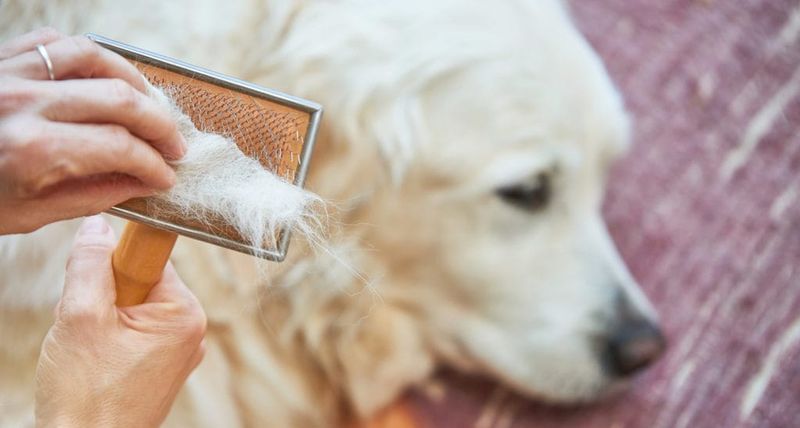
That once-lustrous coat might become thinner and duller as your dog ages. Skin loses elasticity and may appear flaky or develop harmless lumps and bumps that weren’t there before.
Switch to gentle, moisturizing shampoos specifically formulated for senior dogs. Increase brushing frequency to stimulate natural oil production, while using softer brushes to avoid irritating more sensitive skin.
12. Digestive System Sensitivity
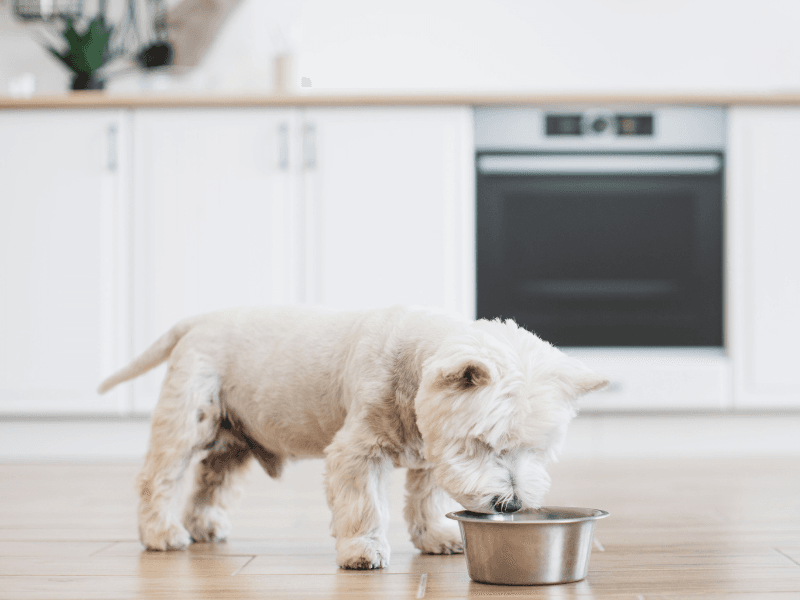
Suddenly picky about food they once devoured? Aging digestive systems process nutrients differently, sometimes leading to sensitivities to previously tolerated ingredients. Metabolism changes also affect appetite and digestion speed.
Consider elevated feeding stations to make mealtimes more comfortable. Smaller, more frequent meals are often easier to digest than large ones, and probiotic supplements may help maintain healthy gut function.
13. Medication Management

Pill time becoming a daily wrestling match? Many senior dogs require medications for arthritis, heart conditions, or other age-related issues, creating a new routine for both of you.
Experiment with pill pockets or small amounts of wet food to disguise medications. Establish a consistent schedule and location for medication time, using positive reinforcement to create pleasant associations rather than stress.
14. Changing Social Preferences

Your once-social butterfly might now prefer quiet evenings at home. Many aging dogs become less tolerant of rambunctious puppies or loud environments as sensory sensitivity increases and energy levels decline.
Respect these changing preferences by creating peaceful spaces away from household chaos. Choose quieter walking routes and visit dog parks during less crowded hours to reduce overwhelming stimulation.
15. End-Of-Life Considerations
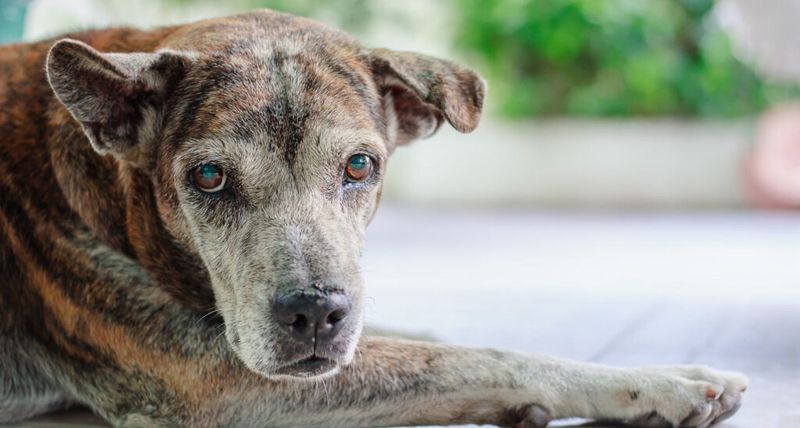
Perhaps the hardest change: recognizing when your faithful friend is truly struggling. Quality of life becomes a daily consideration as age-related conditions progress, requiring honest assessment of pain, mobility, and joy.
Create a bucket list of favorite activities modified to accommodate limitations. Discuss palliative care options with your veterinarian, and prepare emotionally by cherishing special moments while understanding what constitutes suffering versus manageable aging.


